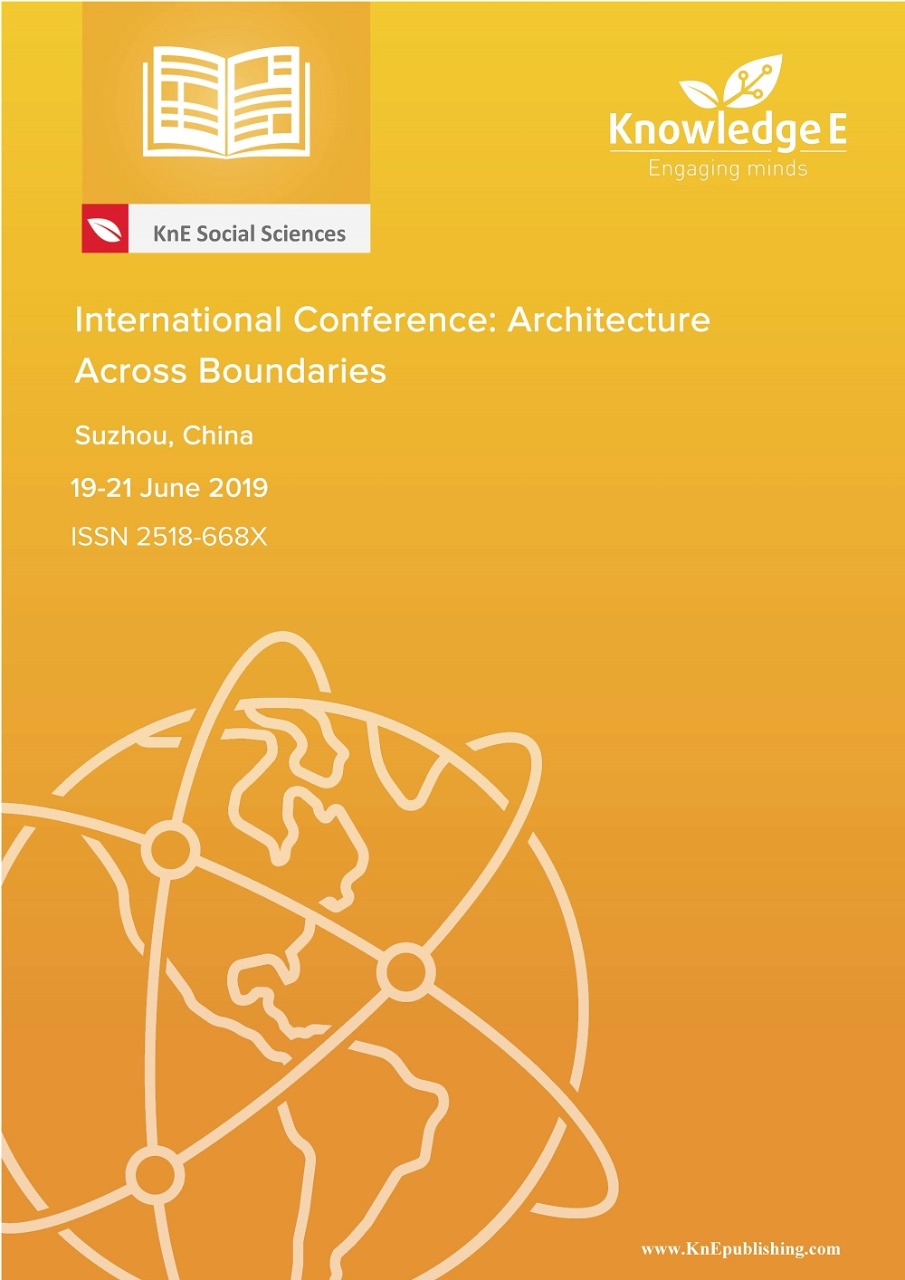Made for China: Localizations of International Architecture in China, 2001-2018
DOI:
https://doi.org/10.18502/kss.v3i27.5514Abstract
To date, the story of architectural production in 21st century China has focused on institutions and actors in an ever-globalizing system of practice [1–4]. This worthy approach nevertheless obscures opposite yet equally significant trends, namely the localization of architectural products. Architectural practices are indeed becoming moreglobal,andyettheirworkis—withnotableexceptions—morefrequentlyconvicted of a necessity for localization, such that two buildings designed by an American firm, one in California and the other in Shanghai, should not be indistinguishable from each other. Thus, a more complete telling of this story demands an investigation of how the local and the national are represented materially in work that is, structurally, international. Through a close reading of several iconic buildings in China designed by international architects, this contribution proposes a framework for categorizing localization strategies. In addition, it investigates the origins of the localization imperative both in general and specific to China. These findings amplify architecture’s cross-cultural vocabulary and improve the ability of architectural practices to consider the cultural sited-ness of their work not only in China but around the world.
References
X. Ren, Building Globalization: Transnational Architecture Production in Urban China, Chicago, IL: University of Chicago Press, 2011.
D. Lu, ”Architecture and Global Imaginations in China,” The Journal of Architecture, vol. 12, no. 2, pp. 123-145, 2006.
S. Chan, Writing In(to) Architecture: China’s Architectural Design and Construction Since 1949, Hong Kong: East Slop Publishing, 2012.
L.Xin,China,China...WesternArchitectsandCityPlannersinChina,Ostfildern,Germany:HartjeCantz, 2008.
A. Lange, ”How to Be an Architecture Critic,” Places Journal, March 2012. [Online]. Available: https: //placesjournal.org/article/how-to-be-an-architecture-critic/. [Accessed 30 March 2019].
N. Ouroussoff, ”Koolhaas, Delirious in Beijing,” The New York Times, 11 July 2011.
W. Xu, ”’Big Egg’ Architect Teaches in Hangzhou,” Hi Center (Hangzhou English Portal), 10 April 2012. [Online].Available:http://www.hicenter.cn/columns_detail.asp?id=435260.[AccessedDecember2014].
J.Cody,BuildinginChina:HenryK.Murphy’s”AdaptiveArchitecture”,Seattle:UniversityofWashington Press, 2001.
J. Van de Water, You Can’t Change China, China Changes You, Rotterdam: 010 Publishers, 2012.
R. Irwin, Being and Circumstance: Notes Toward a Conditional Art, Larkspur Landing, California: Lapis Press, 1985.
S. Keller, ”Bidden City,” Artforum, pp. 137-142, Summer 2008.
J. Rosker, ”Epistemology in Chinese Philosophy,” Winter 2014. [Online]. Available: http://plato.stanford. edu/archives/win2014/entries/chinese-epistemology. [Accessed 10 December 2014].
R.Koolhaas,Interviewee,AnObsessiveCompulsiontowardstheSpectacular.[Interview].18July2008.
C. Dickey, ”Architect Rem Koolhaas and the Next World Wonder,” Newsweek, 16 July 2012.
O. Scheeren, Interviewee, Buro Ole Scheeren Unveils Design for Guardian Arts Center in Beijing. [Interview]. 9 March 2015.
”2ndUrbanismatBordersGlobalConference;BordersWithinBorder:Fragmentation,Disposition,and Connection,” 7 December 2018. [Online]. Available: http://eventos.uma.es/28457/detail/2nd-globalconference-urbanism-at-borders.borders-within-border.-fragmentation-disposition-connecti.html. [Accessed 1 April 2019].
A. J. Barnes, Museum Representations of Maoist China, Farnham, UK: Ashgate, 2014.

